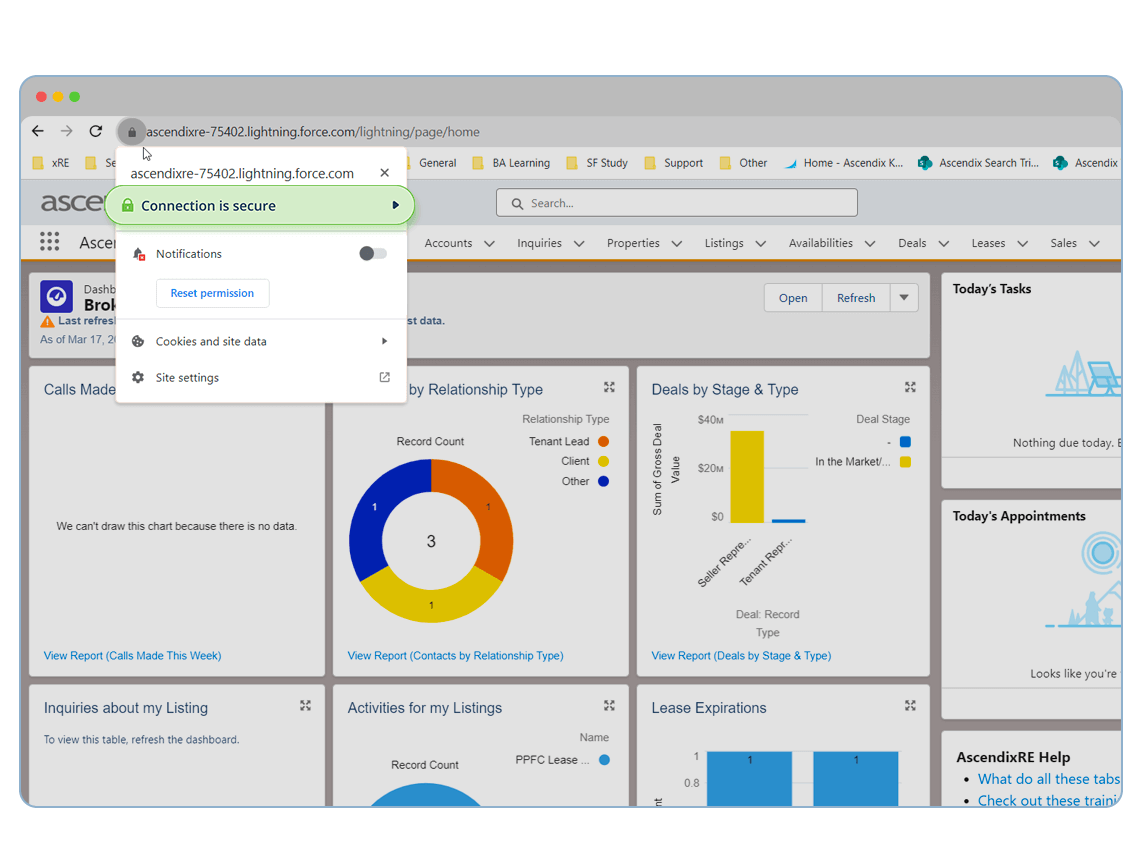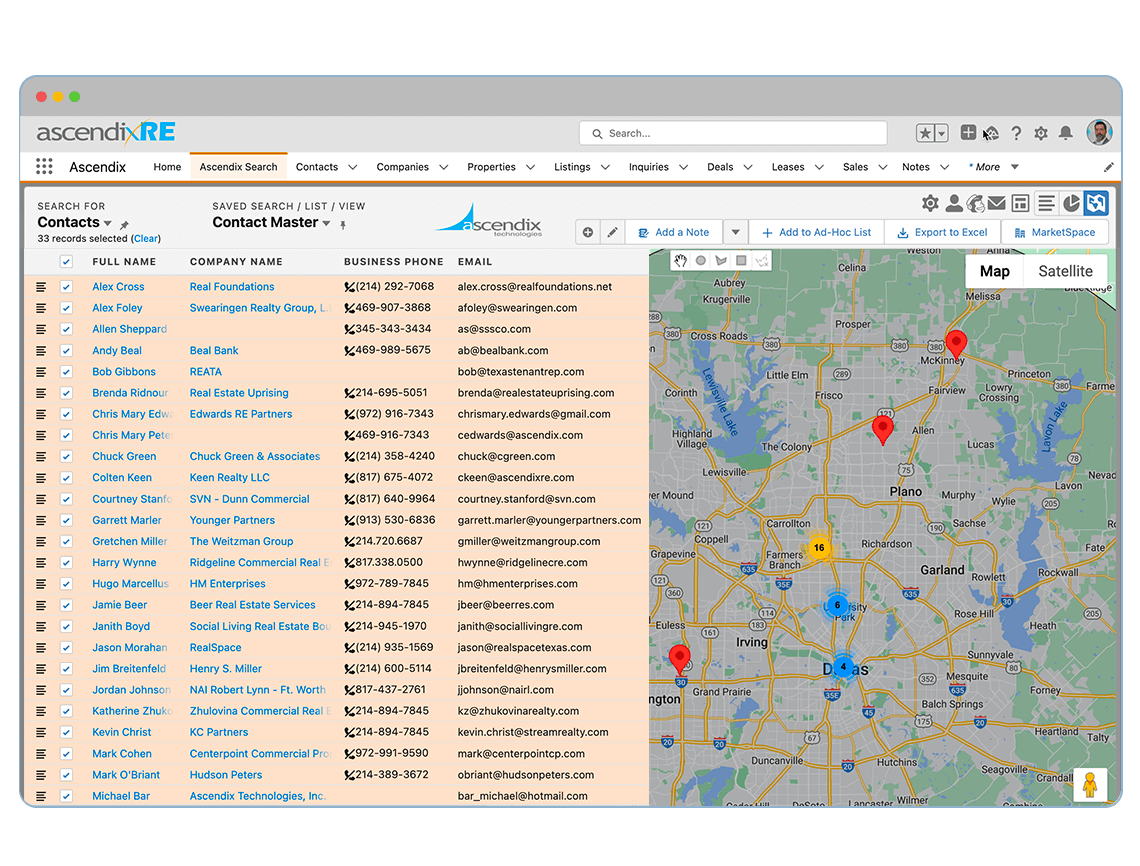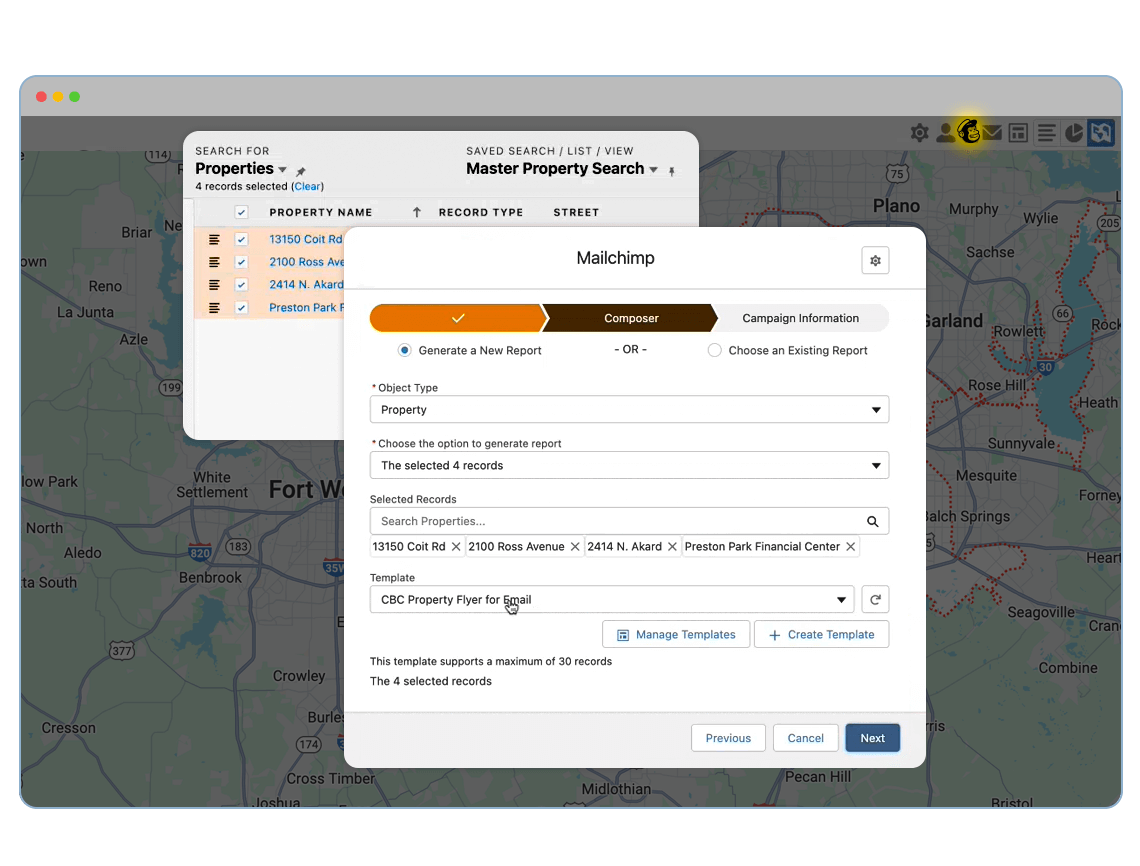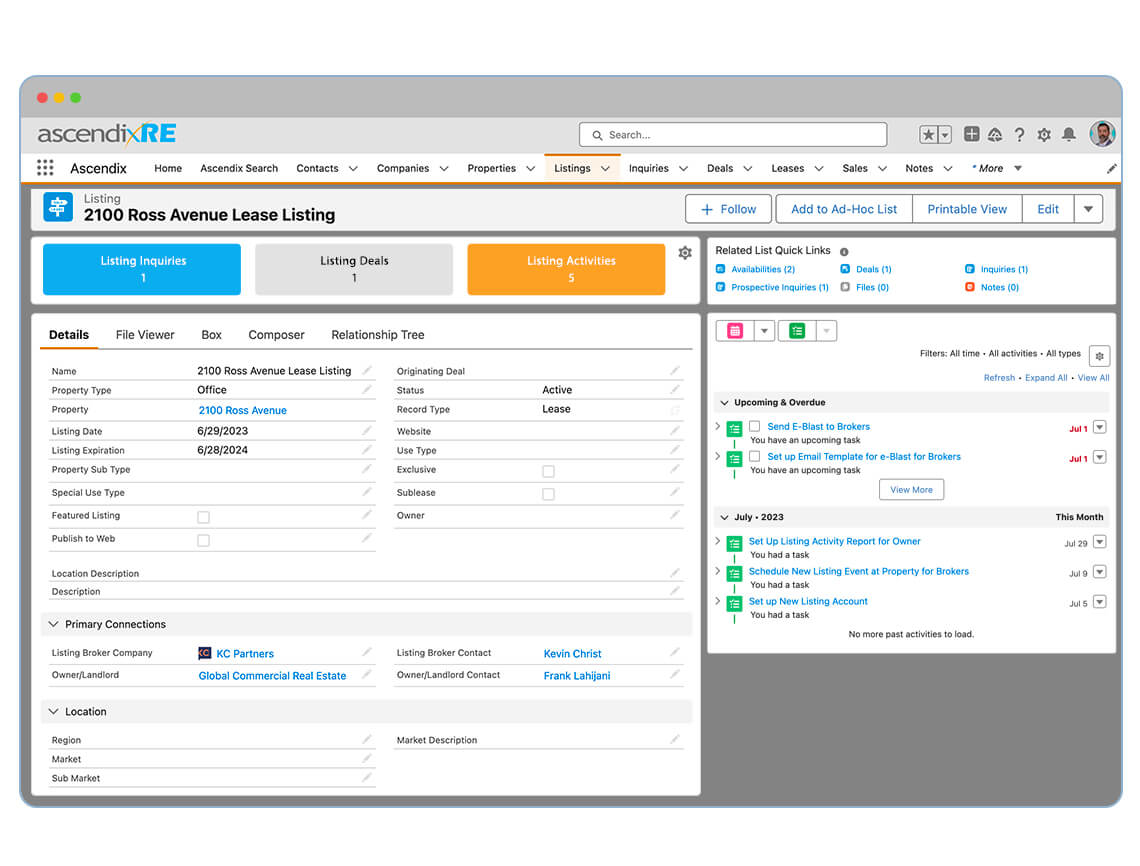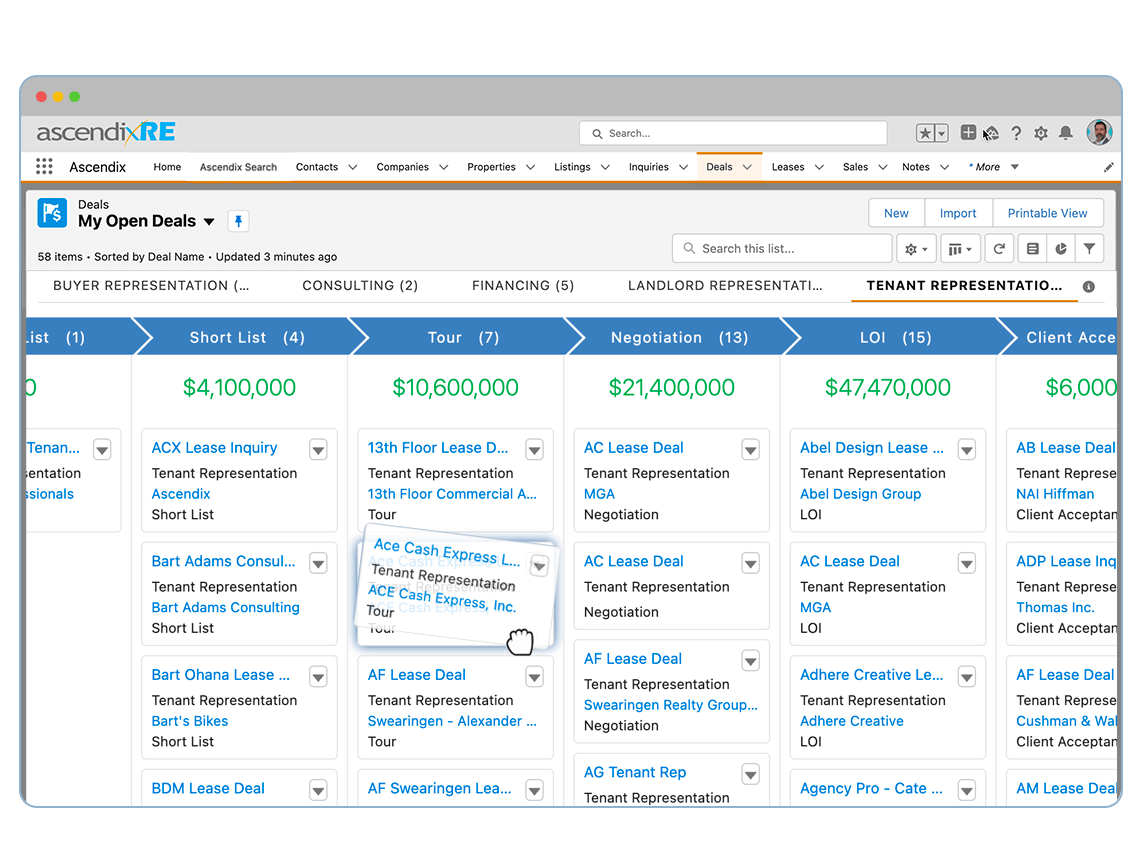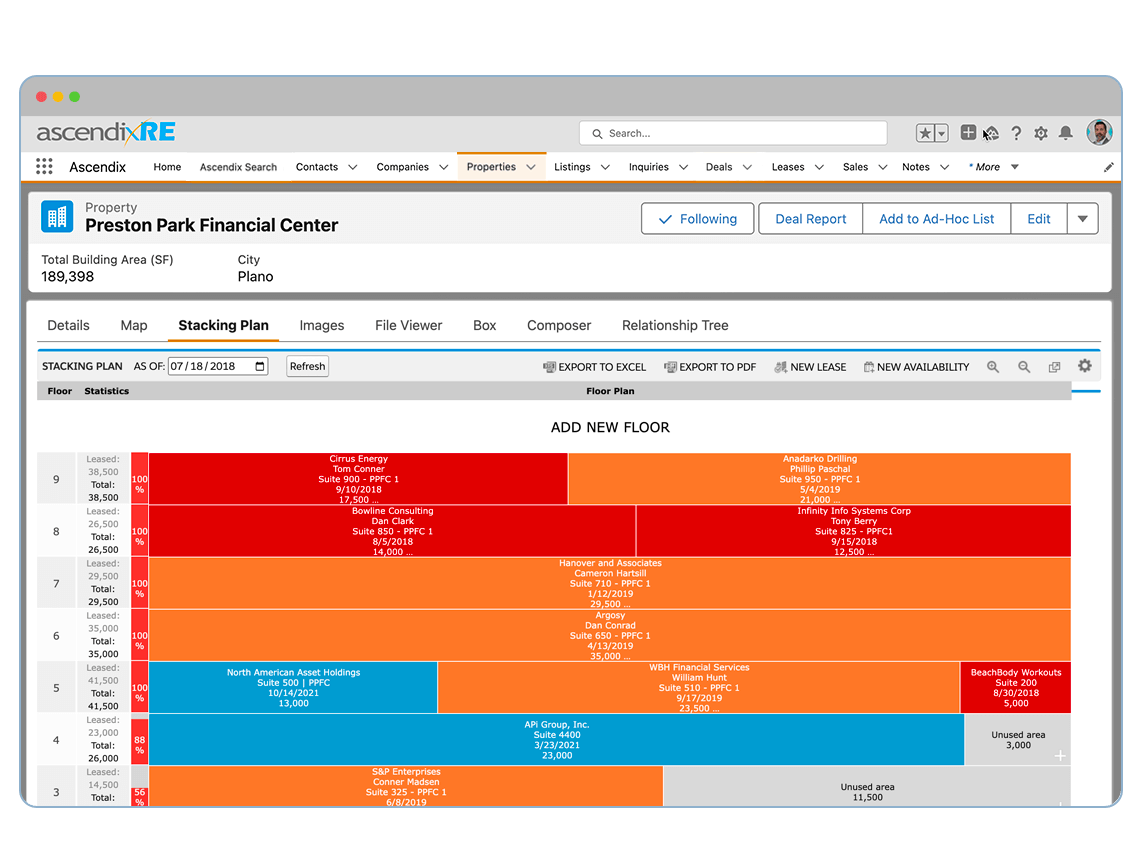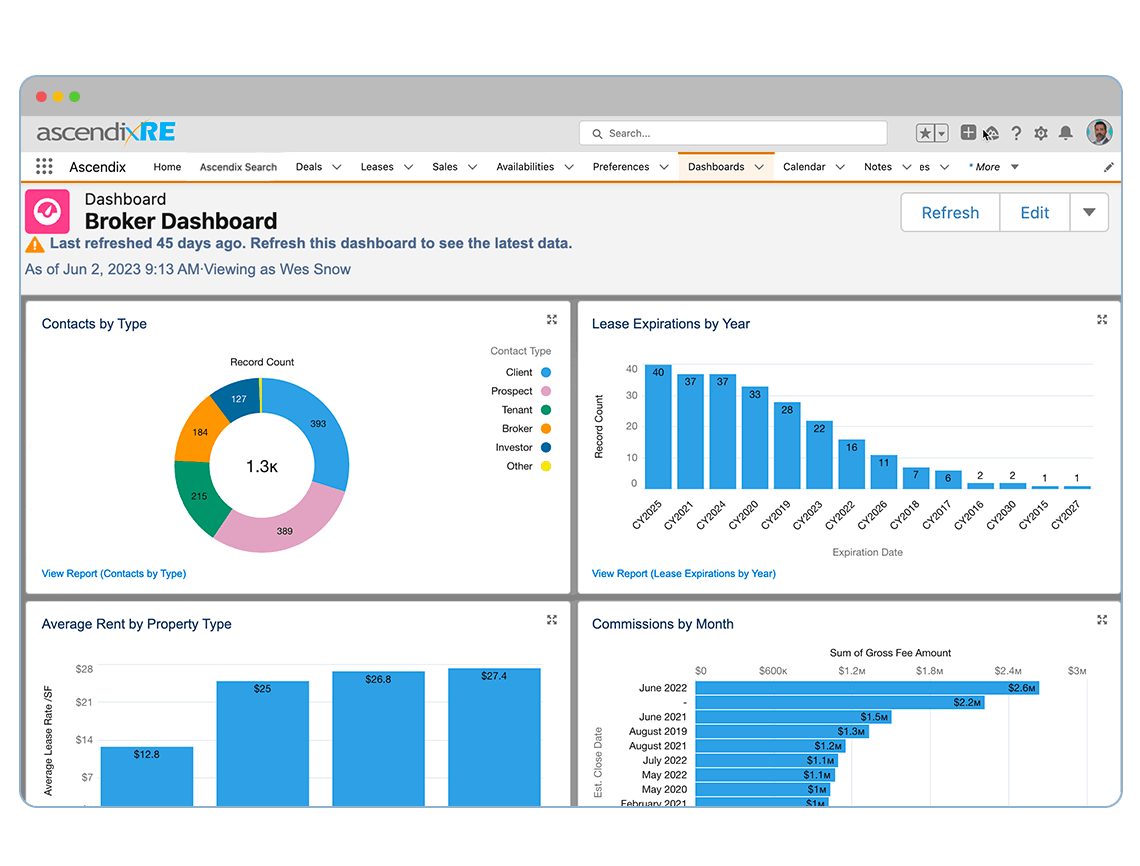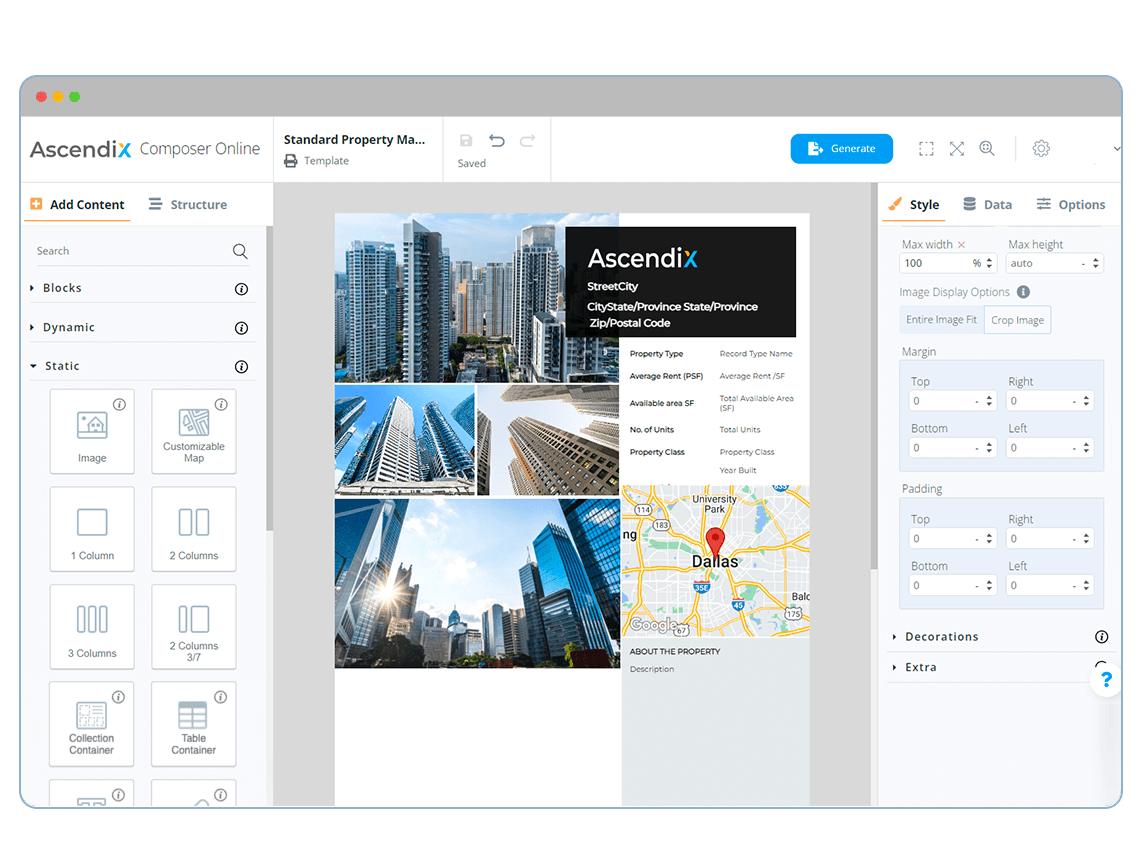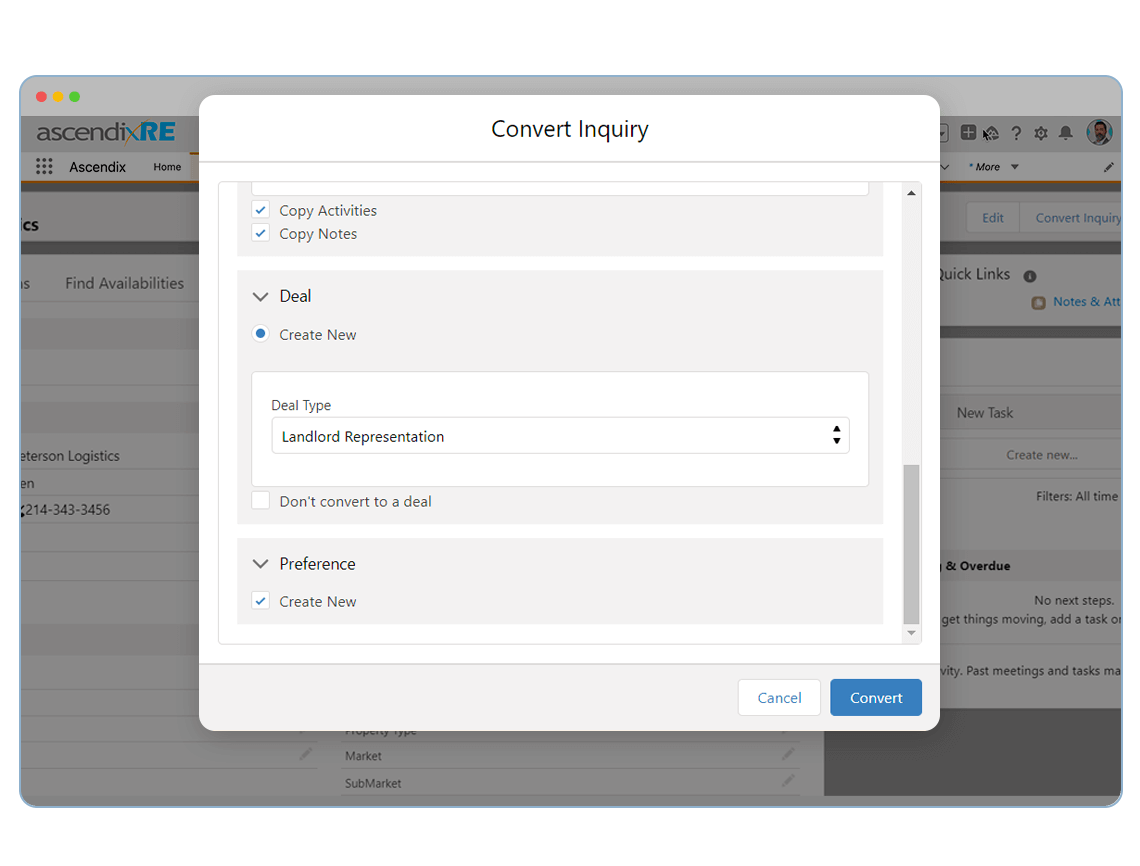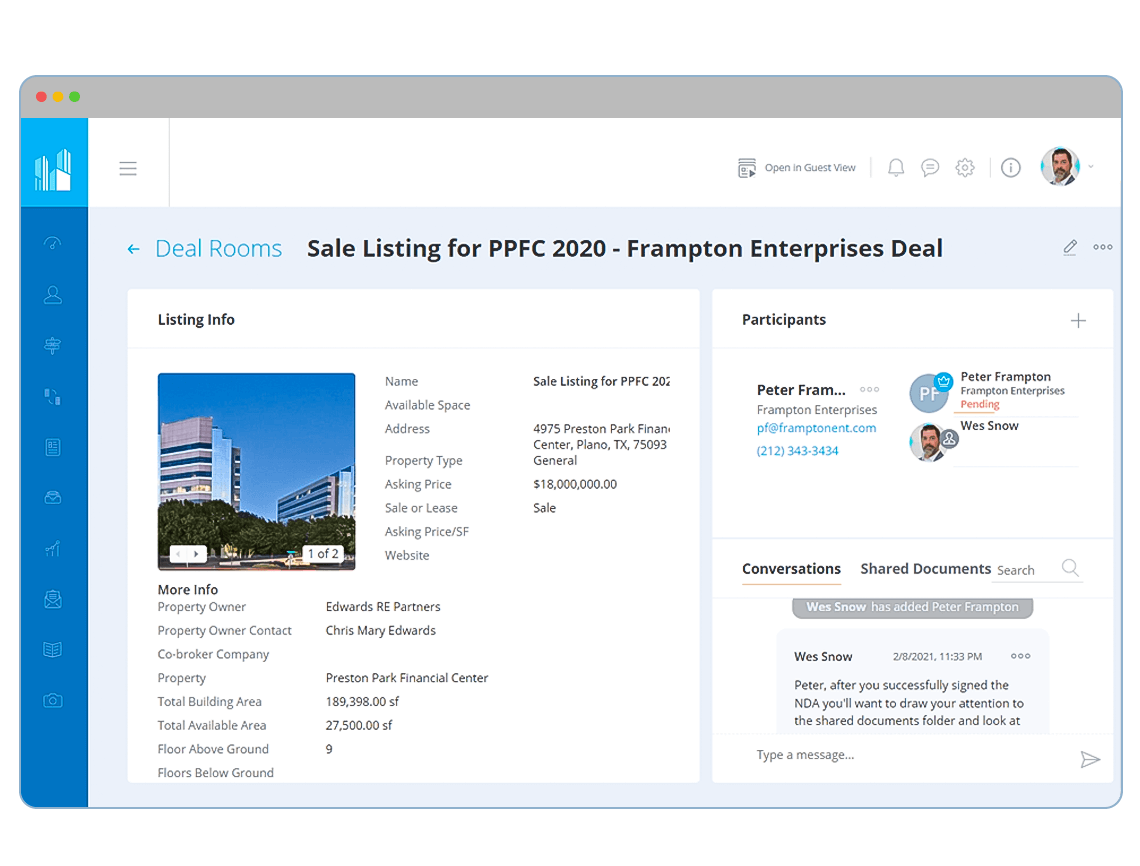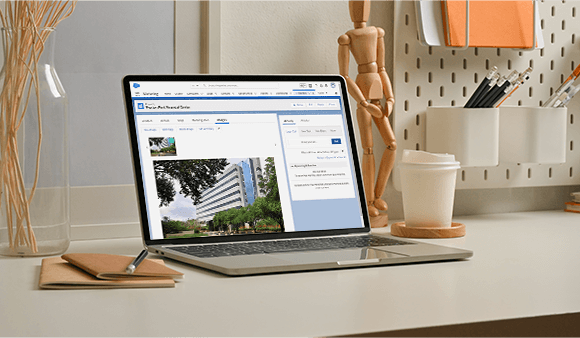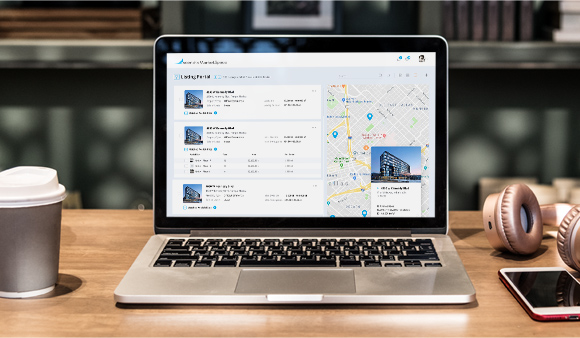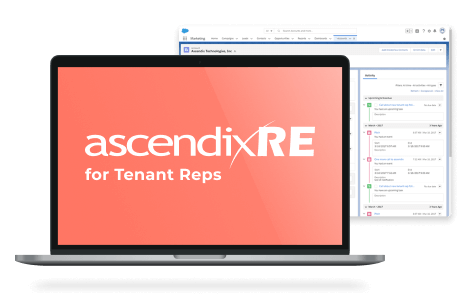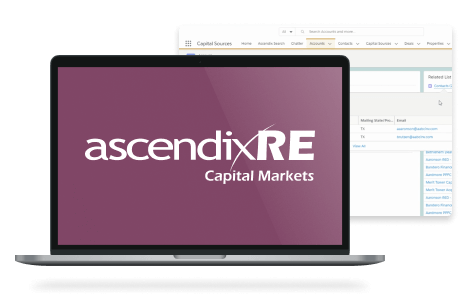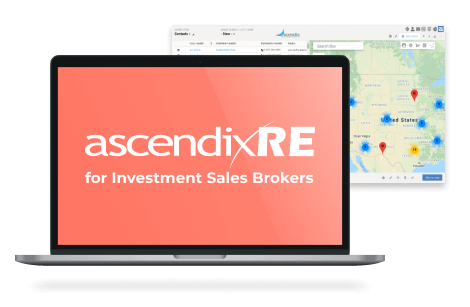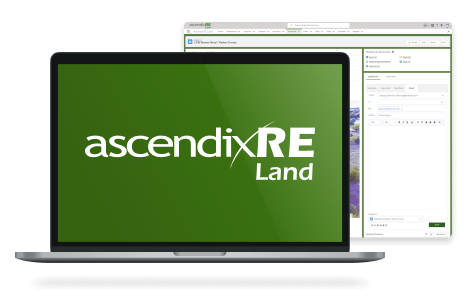Generate Property Reports & Flyers in a Few Clicks
Generate high-quality property tour books, availability and activity reports, and other commercial real estate brochures right from AscendixRE with Composer.
Composer is a commercial real estate brochure software that generates branded reports and real estate flyers within a few clicks. It pulls data and images from AscendixRE and creates files automatically.
Features include:
- Generate property availability, leases, accounts, and activity reports with a few clicks
- Fill your property’s data and images automatically
- Send the generated files to your prospective clients, and property owners right from your CRM
- Use preset templates, no need to create them.





